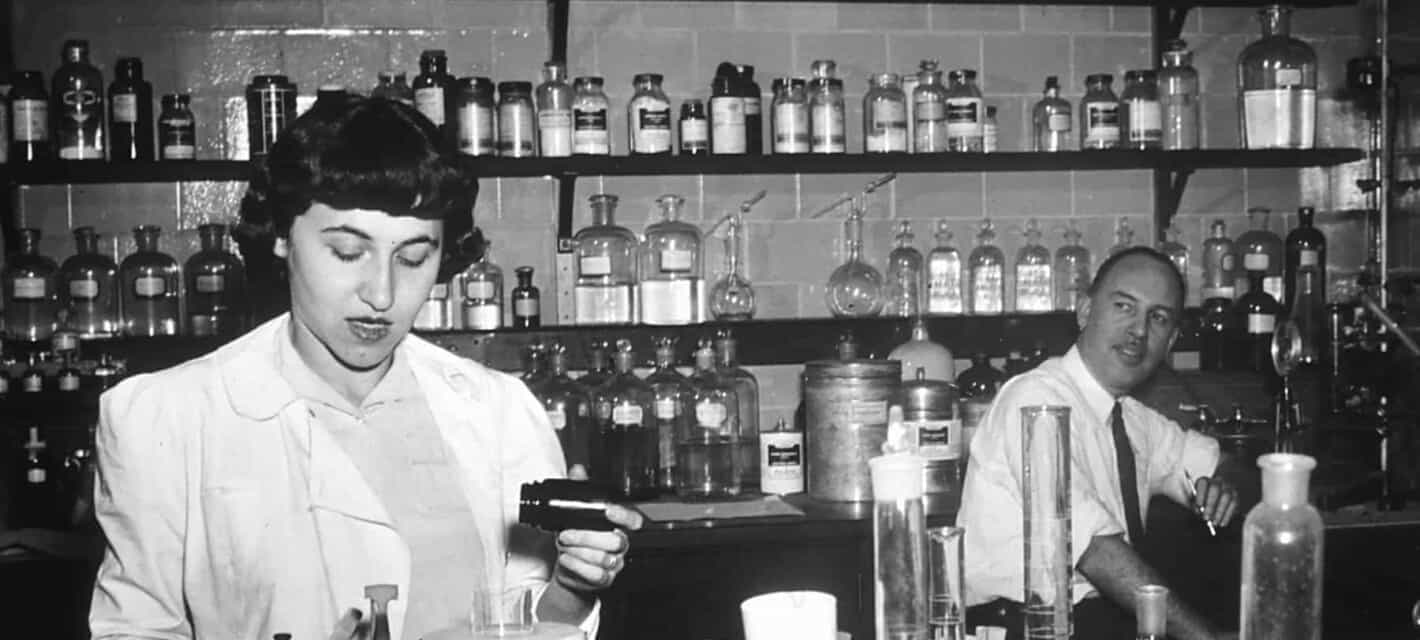Over the course of the 20th century, the average lifespan in the developed world increased by 60 percent. A baby boy born in 1900 had an expected lifespan of 47 years. In 2000, his great-great grandson could expect to live to 75. What made the difference? What big changes occurred and became common in the 20th century, and what’s going to happen to see that number go up in the future?
Pasteurization
The United States’ Food and Drug Administration defines pasteurization as, “”a process that kills harmful bacteria by heating milk to a specific temperature for a set period of time…[it] kills harmful organisms responsible for such diseases as listeriosis, typhoid fever, tuberculosis, diphtheria, and brucellosis.” The process was invented by scientist Louis Pasteur in 1864. Pasteurization is not intended to kill all microbes present in the food or fluid, and is commonly used for milk, juice, and canned foods.
Pasteur originally developed pasteurization to prevent spoilage in beer and wine. He had researched fermentation extensively, and was seeking a solution to problems in the wine industry. Pasteurization of young wines allowed them to be aged without spoilage. The technology was not applied to milk until significantly later.
In the United States in the 1870s and later, milk spoiled quickly, and flavorings or chemicals were sometimes added to disguise spoilage. In 1886, German scientist Franz von Soxhlet proposed pasteurizing bottled milk in the same way as wine.
As children were the largest consumers of milk, they were the ones most at risk from milk-borne illnesses. In 1907, hundreds of children in New York City alone died each year from illnesses contracted from milk. New York City did not institute widespread pasteurization until 1914, following a typhoid epidemic in New York City. After the introduction of pasteurization, the infant mortality rate dropped from 240 per 1,000 live births to 71 per 1,000 live births.
It took several decades for pasteurization to become the norm across the United States, and even today, raw milk is linked to outbreaks of milk-borne illnesses. The sale of raw milk is prohibited in some states. Good sanitary and hygiene practices, as well as animal care, reduce, but do not eliminate the bacterial risks associated with raw milk. In addition, quick consumption of milk products, rather than shipping and storage, can reduce the time available for dangerous bacterial growth.


